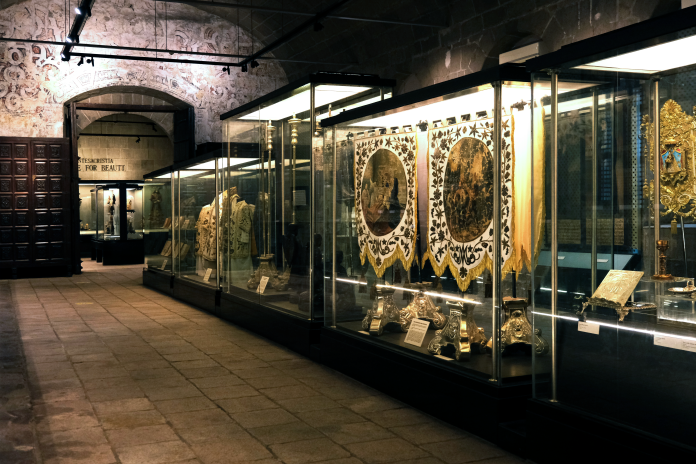
Louella Revilla-Baysic starts every day at work with a simple routine. As the head of conservation at San Agustin Museum located in the walled city of Intramuros, she inspects the valuable items and artworks in the museum’s collection and records their condition.
This is to ensure that every artifact is in good condition—kept away from flaking, molds, and other types of natural damage.
But, when the COVID-19 pandemic struck in 2020, Revilla-Baysic and her colleagues were barred from entering the museum for six months. When restrictions were eased, she found that many of the religious paintings had been susceptible to white molds, a type of fungus that thrives in damp and humid conditions.
Fortunately, Revilla-Baysic was able to preserve and clean all the artworks, books, and other manuscripts, ensuring that no fragile relic succumbed to damage. However, other threats loom in the background as Intramuros becomes increasingly susceptible to heavy rain and flooding.
It only became even clearer how vital this seemingly repetitive process is, not only for preserving the museum’s treasures but also for upholding the nation’s identity.
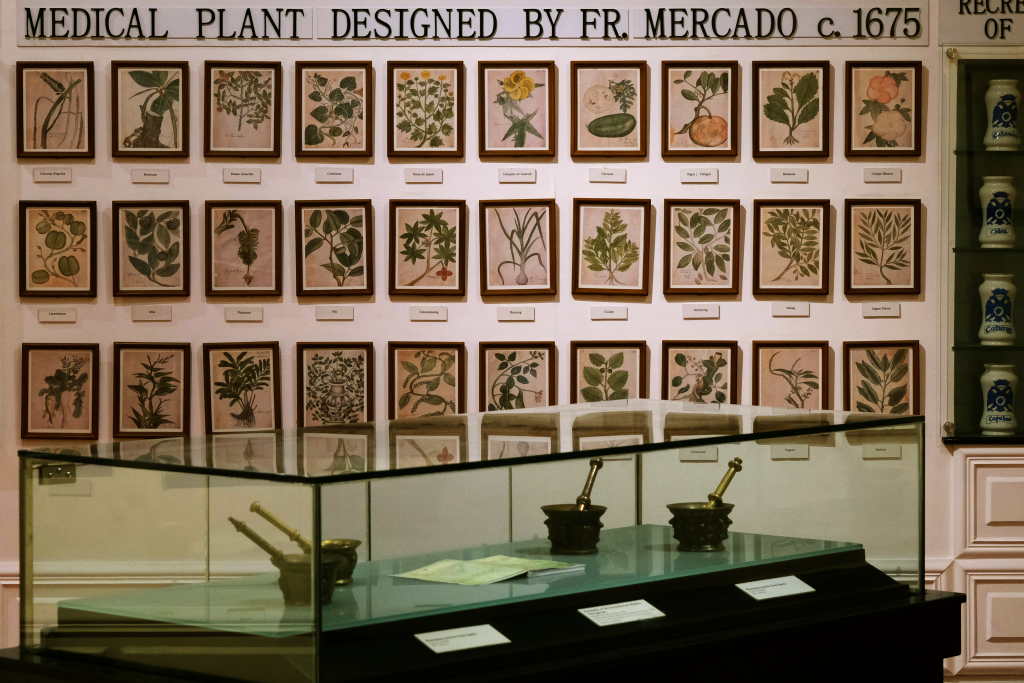
The fragility of history
A UNESCO World Heritage Site, the San Agustin Church stands proud among hundreds of other colonial-era structures within Intramuros as the oldest stone church in the Philippines. Construction for the church was completed in 1607, and it has since withstood damage from several earthquakes, the Battle of Manila during World War II, and other catastrophes.
Next to the church is the San Agustin Museum, once a monastery and now a two-story treasure trove of ecclesiastical artifacts. Hung along the museum’s compact adobe walls are hundreds of large religious artworks of Augustinian saints, exceeding six feet in size. The air-conditioned rooms on the second floor house different collections of artworks, manuscripts, and centuries-old books.
Historically, the museum relied on ventilation through capiz windows to protect its pieces and walls from mold since air-conditioning and other advanced conservation technologies were not available during its establishment. Current climate conditions, however, have suggested that open air may not be enough anymore.
According to the Philippine Climate Change Commission, the average temperature in the Philippines has increased by 0.68°C over the past 65 years, or about 0.1°C every decade. On top of this, the frequency of intense tropical cyclones (wind speeds exceeding 170 kilometers per hour) has also increased from 1980 to 2015.
Due to their age, many of these relics and religious artworks require extensive monitoring and climate control to keep them from deteriorating. Ramil Tibayan, chief of the Cultural Properties Conservation Division of the Intramuros Administration (IA) aims to maintain a relative humidity of 55% in museums to minimize moisture absorption by museum materials that could encourage molds.
“Hindi ganun ka-detrimental yung heat, but it can increase the critical moisture content. So ‘pag mas mainit, mas tumataas ‘yung moisture level—doon ngayon nagkakaroon ng deterioration,” Tibayan explained.
(The heat is not that detrimental, but it can increase the critical moisture content. So if it is hotter, the moisture level rises–that’s where deterioration happens)
Like other Spanish colonial structures, the adobe walls of the museum render it vulnerable to heavy rain damage. Studies in the United States have shown a direct correlation between increased rainfall and material loss in adobe structures within national parks.
Tibayan added that due to adobe’s porous nature, the museum’s walls are more likely to attract corrosive “biological growth” through algae, moss, and other small plants.
In the grander scheme, unfortunately, it is not only the museum itself and other heritage infrastructures that are prone to deterioration. Intramuros itself may be “submerged” due to rising sea levels.
“The whole of Intramuros is located on a low-lying land. Lumulubog na talaga ang portions of Manila, especially those that are reclaimed areas. Lumulubog [ang Intramuros] sa tubig simply because it’s low lying din,” Tibayan said.
(Portions of Manila, especially the reclaimed areas, are already sinking. Intramuros is submerging simply because it is also low-lying.)
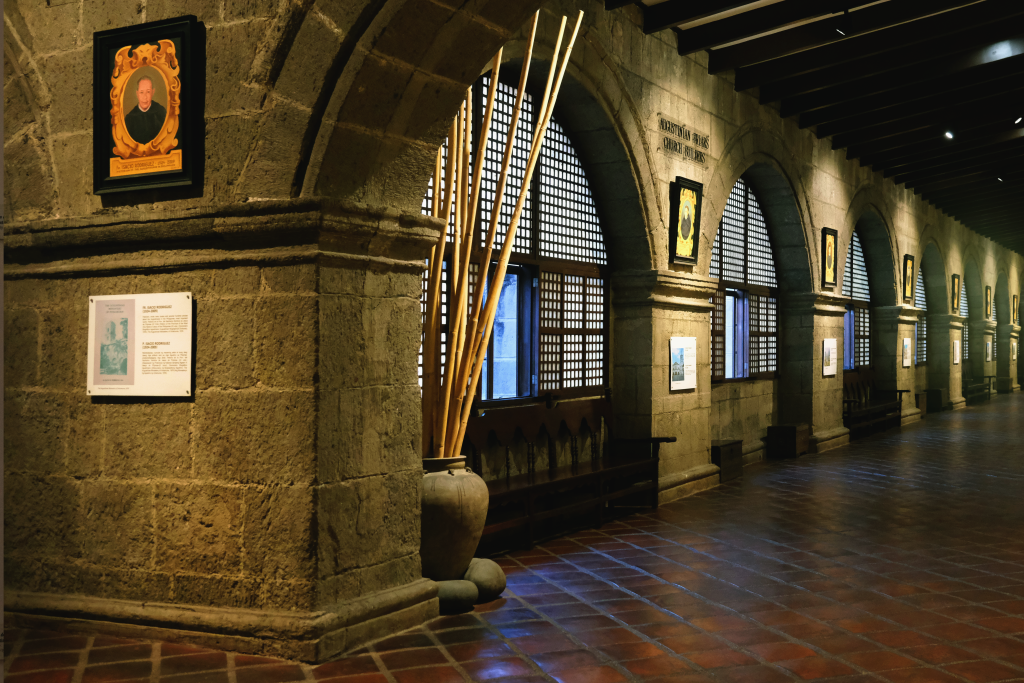
Upholding cultural heritage
Due to the threats these relics face, Baysic and her team aim to put up a conservation lab within the museum that accounts for the size of religious artworks, the chemicals needed for restoration, and additional storage.
However, she said the museum needs additional funding and private conduits to source conservation materials outside the country. So far, her team is seeking assistance from the Together-Ensemble Foundation to source funding from the French government for the lab and additional conservation training for the museum’s personnel.
Her team also aims to source funds from the National Commission for Culture and the Arts (NCCA) to hire engineers who can excavate and inspect the structure’s floor plan. This will help mitigate flooding and other drainage problems.
While securing funds and partnerships, the museum’s team continues its dedication to heritage preservation through various ongoing initiatives.
The museum has recently partnered with Princeton University to digitize manuscripts, maps, and other printed materials pillaged by the British in 1762. To raise awareness about the San Agustin Museum and educate the youth about heritage, the Boy Scouts of the Philippines are also invited monthly to tour its hallways as part of their curriculum.
Driven by a belief in Augustinian principles and passion for the museum, Revilla-Baysic aims to develop more educational initiatives to attract both the youth and the wider public to the museum. She hopes that more people will see how vital the museum has been in preserving the nation’s history
“I do this because of a genuine passion for this gift [that is the San Agustin Church and Museum]. I mean, where else in the country can you find so much of this?” she says.
In a 2013 paper seeking to rethink the cultural heritage management of Intramuros, archeologist Ellen Hsieh cited four recommendations. In the face of natural disasters and other destructive factors, Hsieh proposed a holistic evaluation of calamity impact, local government interventions, stakeholder collaboration, and promoting public awareness.
In 2009, Republic Act No. 10066, or the National Cultural Heritage Act was passed to protect, preserve, conserve, and promote the nation’s cultural heritage, properties, and histories. For Tibayan, the law should add implementing rules and regulations (IRR) to mitigate environmental risks.
The 11th goal of the 17 Sustainable Development Goals also highlights the importance of museum conservation, stating that there is a need to “strengthen efforts to protect and safeguard the world’s cultural and natural heritage.” However, a paper published by the European Union in 2023 cites lack of funds, lack of support or policy direction, and lack of knowledge as factors impeding museums’ sustainable transition.
“Culture is our identity. If we don’t preserve this, anong remnants ang magsasabi na Filipino tayo diba?” says Tibayan. “Kaya nandyan ang mga heritage resources, for our identity.”
(If we don’t preserve this, what remnants will indicate that we are Filipino, right? That’s why heritage resources are there, for our identity.)
This story is part of our #NextGen Climate Bootcamp in collaboration with the US Embassy in Manila.
This article was first published by LiCAS.News

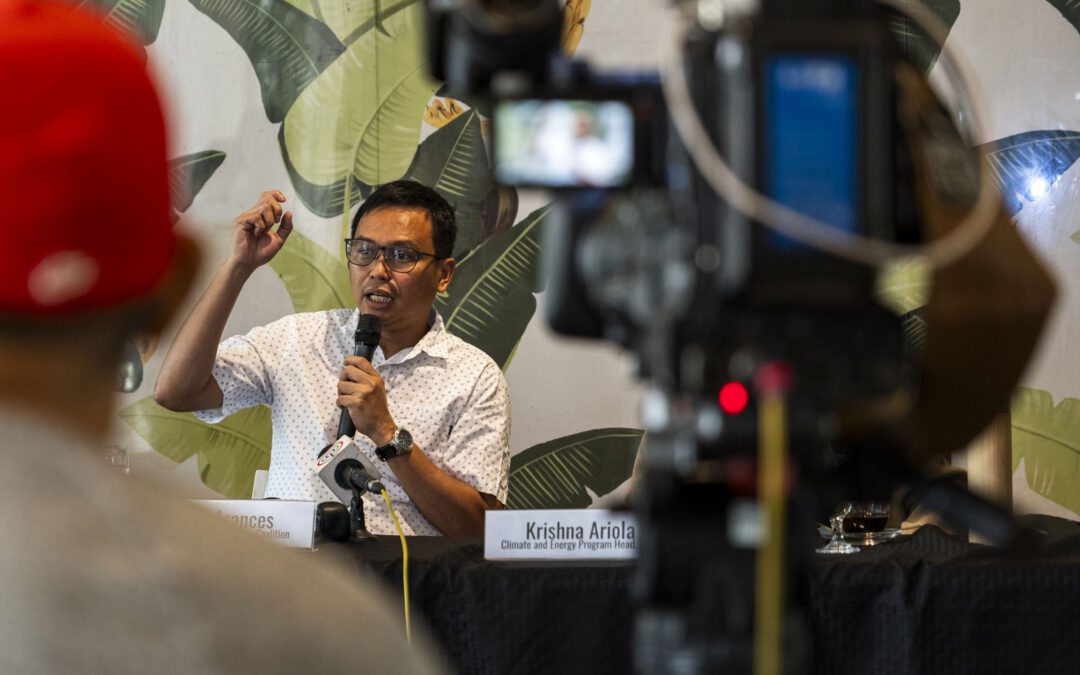



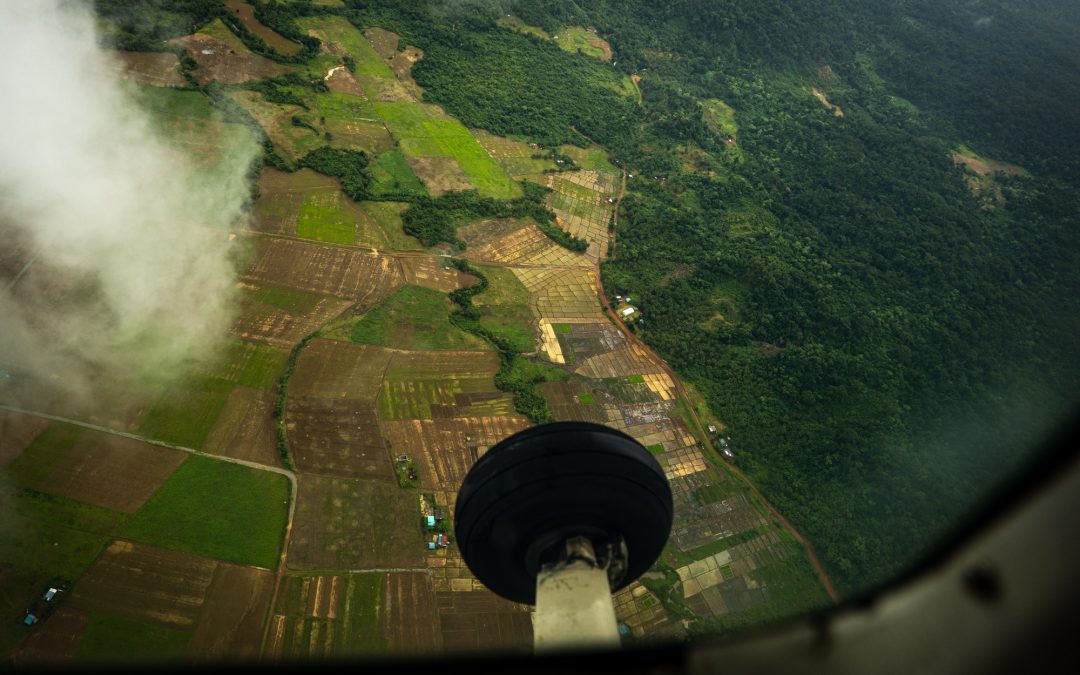
0 Comments